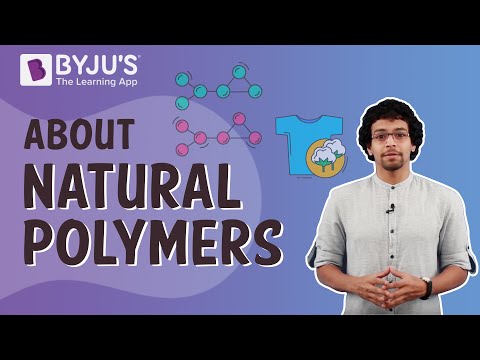According to the CBSE Syllabus 2023-24, this chapter has been removed from NCERT Class 12 Chemistry textbook.
Polymers are derived from monomers which consist of repeating structural units of high molecular mass macromolecules. They may occur in natural or synthetic form and are classified in many ways, such as based on origin, structure, etc.
Classification of Polymers
Based on the structure, polymers are classified into three types viz linear polymers, branched chain, and cross-linked. Based on the origin, polymers are classified into three types, viz natural, semi-synthetic, and synthetic. Some examples of synthetic polymers include nylon, polypropylene, and polyvinyl chloride.

CBSE Class 12 Chemistry Chapter 15 Polymers – Related Links
- Synthetic Polymers
- Polymers – Types, Classification, Properties, and Uses of Polymers
- Polymerization
- Polymerization Reaction – Classification
- Natural Polymers
Classification of Polymers Based on Mode of Polymerization
Based on the mode of polymerization, polymers are classified as addition polymers and condensation polymers.
- Addition polymers -These polymers are formed by the repeated addition of monomer molecules possessing either double or triple bonds. For example, the formation of polypropene from propene. Homopolymers are defined as polymers formed by the polymerization of a single monomeric species. One best example is polythene.
- Condensation polymers – When polymers are formed by a repeated condensation reaction between two different tri-functional or bi-functional monomeric units, they are called condensation polymers. For example, nylon 6, terylene, etc.
For more information on Natural Polymers, watch the below video

Few Important Questions
- Distinguish between condensation polymerization and addition polymerization.
- Write the monomeric repeating units for Nylon-6,6.
- Define and give two examples of synthetic polymers and natural polymers.
- Explain the process of obtaining dacron from ethylene glycol.
- What is copolymerization? Give an example
- Write the difference between thermosetting polymers and thermoplastics with examples.
- What are Biodegradable Polymers?
- In “nylon 6, 6“, what does the designation “6, 6” mean?
- Mention two important uses of Bakelite.
- Name the polymers used in laminated sheets and give the name of monomeric units involved in its formation.
Find out more about this chapter from the Polymer Class 12 Notes available at BYJU’S website.
For more Questions on Polymers and Biomolecules, watch the below video

Other Important Links:
| Difference Between Addition And Condensation Polymerization | Difference Between Thermoplastic And Thermosetting Plastic |
Frequently Asked Questions on CBSE Class 12 Chemistry Notes Chapter 15 Polymers
What are the different types of ‘Polymers’?
Polymers can be classified into four main categories: thermoplastics, thermosets, elastomers and synthetic fibres.
What are the different types of natural polymers?
Some naturally occurring polymers are silk, wool, DNA, cellulose and proteins.
What is the definition of a polymerization reaction?
Any process in which relatively small molecules, called monomers, combine chemically to produce a very large chainlike or network molecule is called a polymer. This process is called polymerization.
Comments